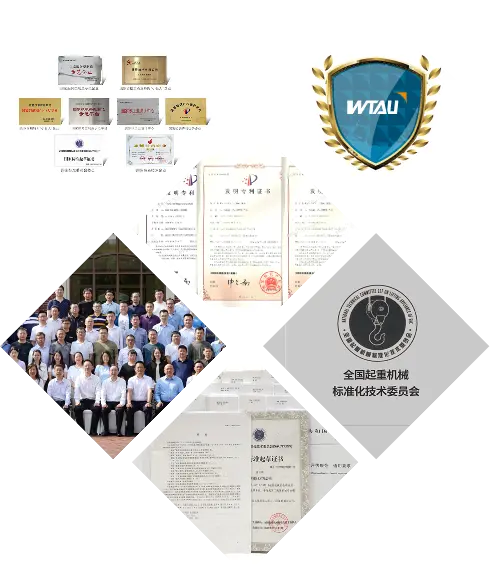 Weite Technology facilitated the successful delivery of the 22,000-ton-meter "King of Tower Cranes"
Weite Technology facilitated the successful delivery of the 22,000-ton-meter "King of Tower Cranes" 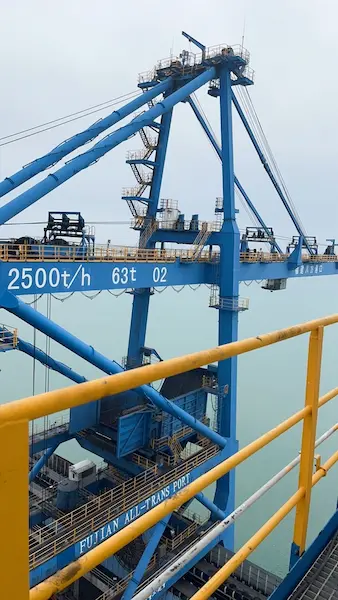 Micro-special dynamic weighing system landed in Dongwu Port, Fujian
Micro-special dynamic weighing system landed in Dongwu Port, Fujian 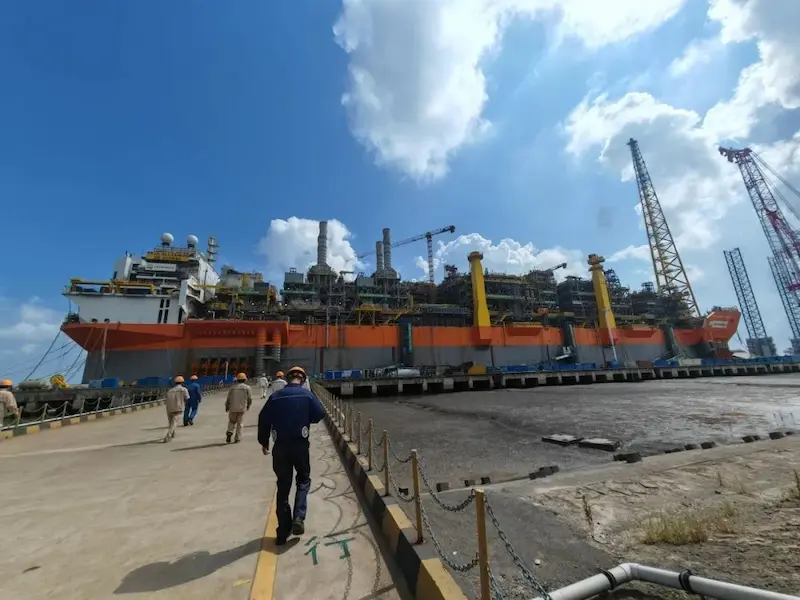 The anti-collision system for micro special Gate landline aircraft was successfully put into operation at Qidong Shipyard
The anti-collision system for micro special Gate landline aircraft was successfully put into operation at Qidong Shipyard 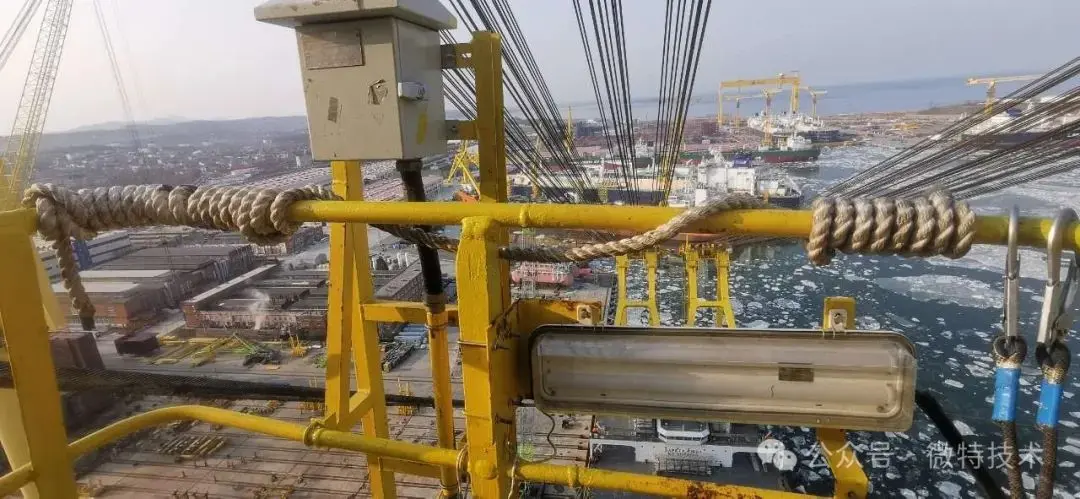 Weite Services provides 3,500T floating crane services at the Russian Red Star Shipyard
Weite Services provides 3,500T floating crane services at the Russian Red Star Shipyard 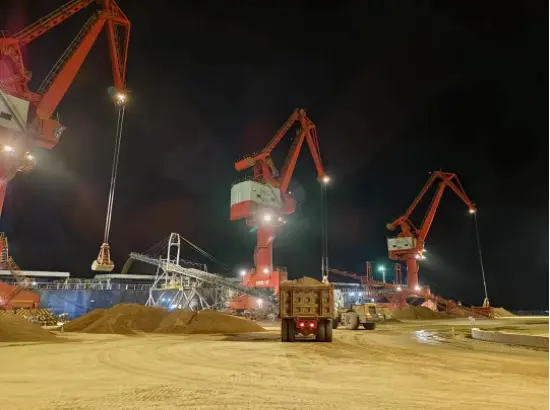 The Weite dynamic weighing system has helped Xiamen Bay Port set a new record for the efficiency of sand and gravel loading
The Weite dynamic weighing system has helped Xiamen Bay Port set a new record for the efficiency of sand and gravel loading Micro and special products and services have covered the four major levels in the field of security management. From various sensors in the on-site perception layer, to various monitoring instruments in the data acquisition and control layer, then to the analysis and judgment in the mechanism model and intelligent algorithm layer, and finally to the comprehensive management platform of the crane intelligent operation and maintenance management layer. The comprehensive product range and perfect service system have become the important core competitiveness of Weite.
Up to now, Weite has implemented over 300 innovation projects, completed 2 national major projects and 7 provincial projects, obtained 21 invention patents, and has over 260 independent intellectual property rights. A total of 20 papers have been published, among which the patents in areas such as remote communication, remote control, fault diagnosis, stress monitoring, and operation and maintenance management have formed the core technology of Weite's "Smart Hoisting".
Technical member of three branches of the National Technical Committee for Standardization of Lifting Machinery (Boom Branch, Electrical and Intelligentization Branch, Bridge and Portal Branch). As of 2023, a total of 45 national and industry standards have been drafted, among which 22 have been released and implemented. At present, Weite is actively participating in the revision and formulation of other national and industry standards for lifting machinery.
